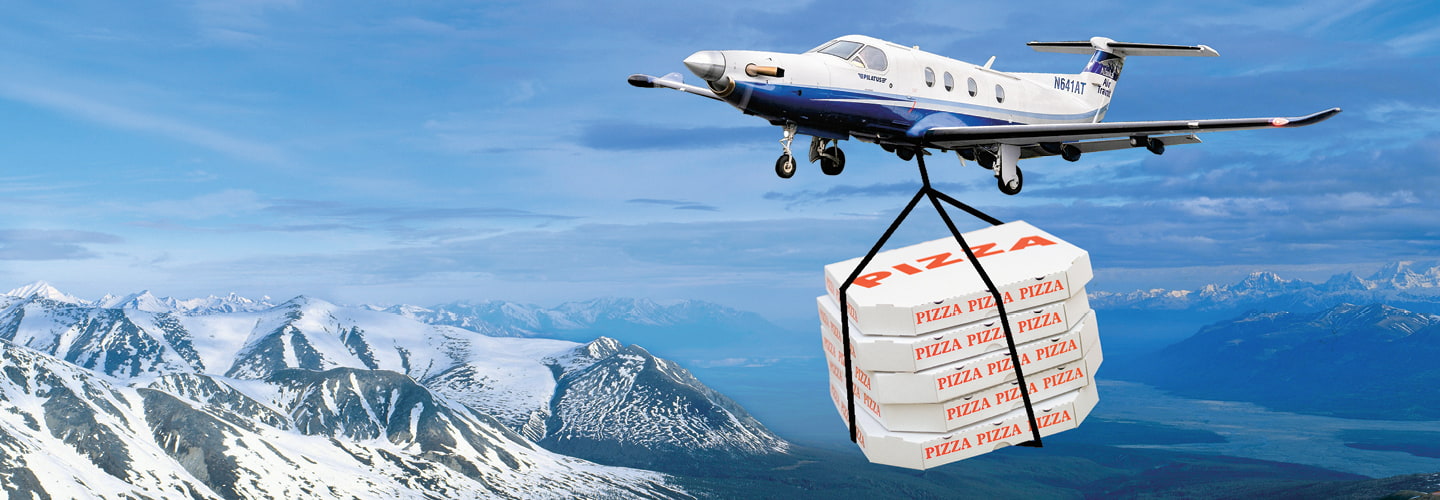For much of the country, ordering food delivery is as simple as clicking on an app. But for residents of remote Alaskan villages, planes have to be involved. Many of these small communities don’t have grocery stores or restaurants, so an intricate supply chain of delivery drivers and airline employees has sprung up to bring a taste of the city to the tundra. It works like this: People in far-off villages use services such as DoorDash and Uber Eats to place orders in cities such as Anchorage. Those orders are delivered to the airport, and a pilot in a small plane flies the food to the customers’ nearest airport, where customers can pick it up. Then they’re just a quick reheat away from a memorable meal. This service can be costly, as Alaskans pay anywhere from $10 to $30 just to get their food to the plane. But many say it’s worth it to enjoy pizza, steak tacos, Chinese takeout, and more. “Once you get it, you really, really savor it,” customer Natalia Navarro says. “It’s not hot. It’s not fresh. But at the same time, it has the flavor you’re wanting.”

Joe Sohm/Visions of America/Universal Images Group via Getty Images (mountains); Alaska Air Transit (plane); simonkr/Getty Images (pizza)
Text-to-Speech
